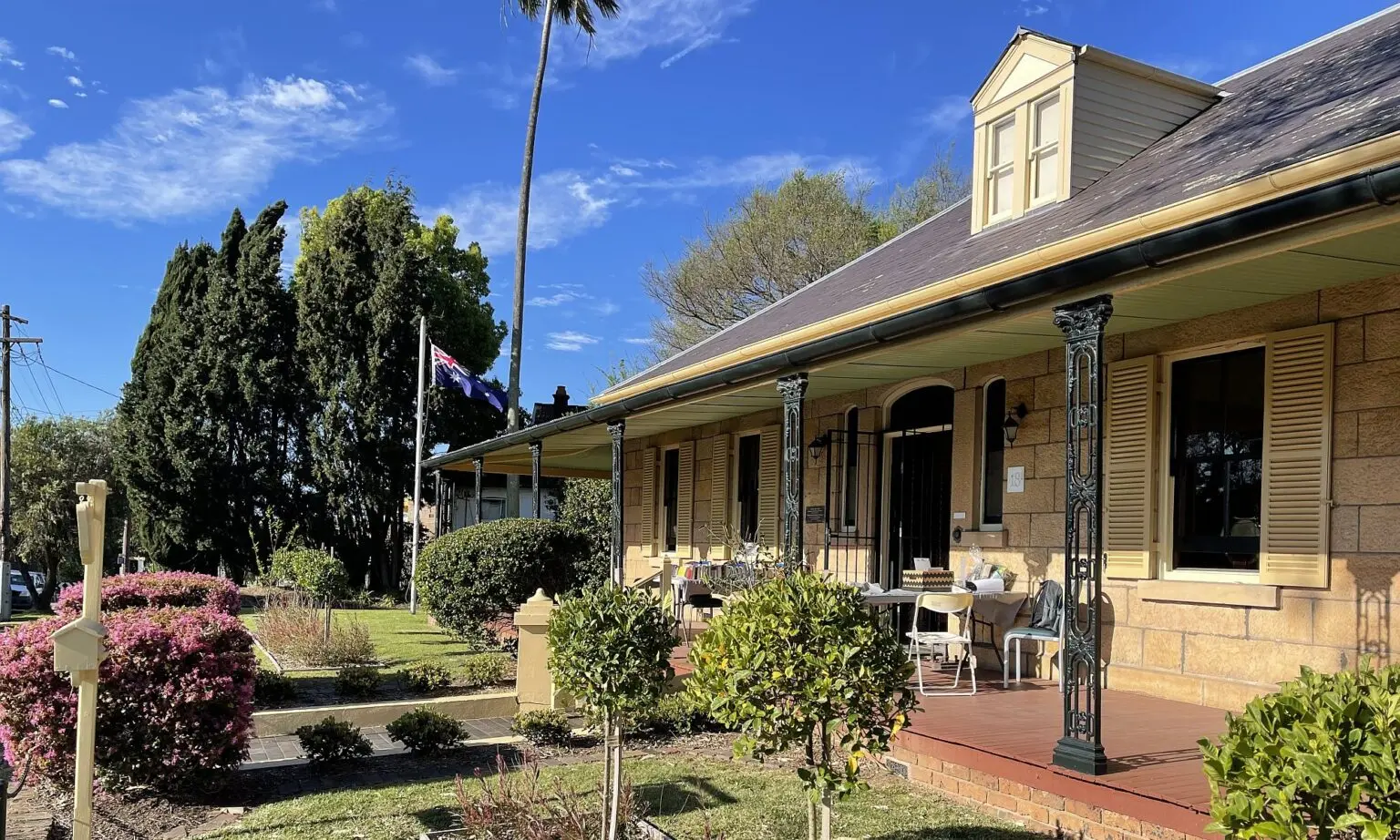by Gifford Eardley Isaac Beehag was the eldest son of James and Mary Beehag, being born on July 18th, 1841, the address of his parents then being listed at Liverpool Road, Canterbury. In 1852 the farm property at Canterbury was sold and Isaac, together with the rest of the family, came to reside on a …
Continue reading “The Affairs Of Isaac Beehag, Dairyman, Rockdale”

